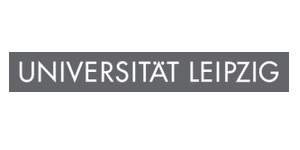The focus of the Chair of Energy Management and Sustainability at the Institute for Infrastructure and Resource Management (IIRM) is directed towards an inclusive analysis of the economic, ecological and social aspects connected to the provision of energy services.
In addition to the analysis of the integration of renewable energy in future energy markets, the Chair researches such key aspects as the integrated modelling of municipal, national and global energy systems that address climate protection restrictions.
Short description of the project contribution
New market design and design of the ‘amber light phase’ for critical grid states
Grid support within the transmission system in the north-east of Germany is already a challenge, as the related services are required at a local / regional level and can hardly be transported, contrary to the provision of operating reserve. However, the corresponding design of market-based regional ancillary services and balancing mechanisms, which are regionally effective beyond the German national market for operating reserve and interruptible loads, has not yet been established. As a result, renewable energy systems are regularly curtailed in the event of grid bottlenecks and are therefore no longer available to the energy system.
Scenario-based projections for the prices on the wholesale electricity market and the operating reserve market are made available to the project partners, which they can use to assess the efficiency of the demonstration projects. We are furthermore developing a design that complies with the white paper for the so-called amber phase of the ‘grid traffic lights concept’ of the German Energy and Water Association (BDEW) during which predictable critical grid states can be avoided through market-based, regionally effective instruments. In collaboration with the operator of a grid simulator, critical grid states and the influence of changed regulatory conditions on their characteristics are dynamically visualised and evaluated with regard to their practical relevance.
Starting from the central question of the workstream, i.e. “who controls what within the smart energy system?”, proposals should be developed for a distribution of tasks and competences between system operators, suppliers, consumers and balancing group managers that pursues grid stability. By implementing regional market mechanisms in a grid simulator based on SCADA (Supervisory Control and Data Acquisition), the integration of flexibility is simulated in conditions closely reflecting those of a control centre and the effectiveness of the proposed market-consistent measures and their practical relevance to grid operations are evaluated. The proposals for the design of the ‘amber light phase’ are included in a comprehensive result report, taking into account the approaches for the further development of the regulatory framework conditions of the energy market outlined in the white paper of the BMWi (Federal Ministry for Economic Affairs and Energy).
